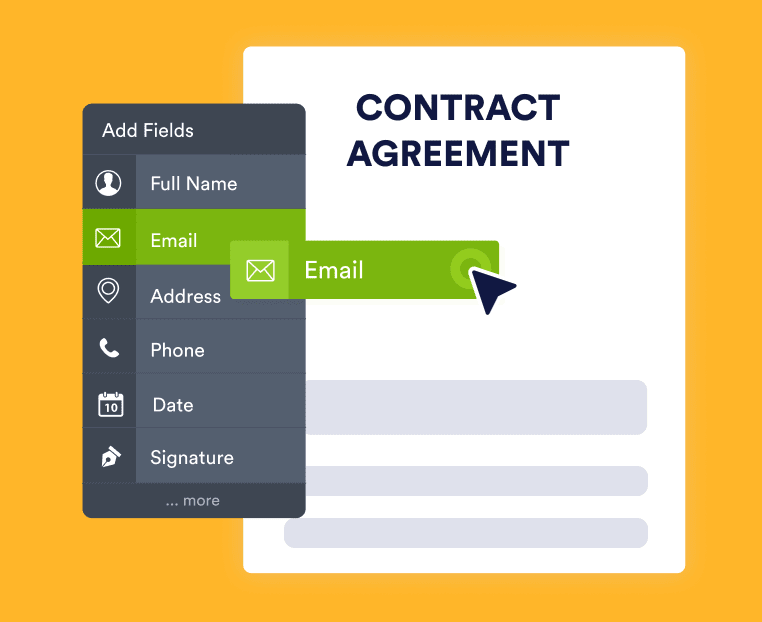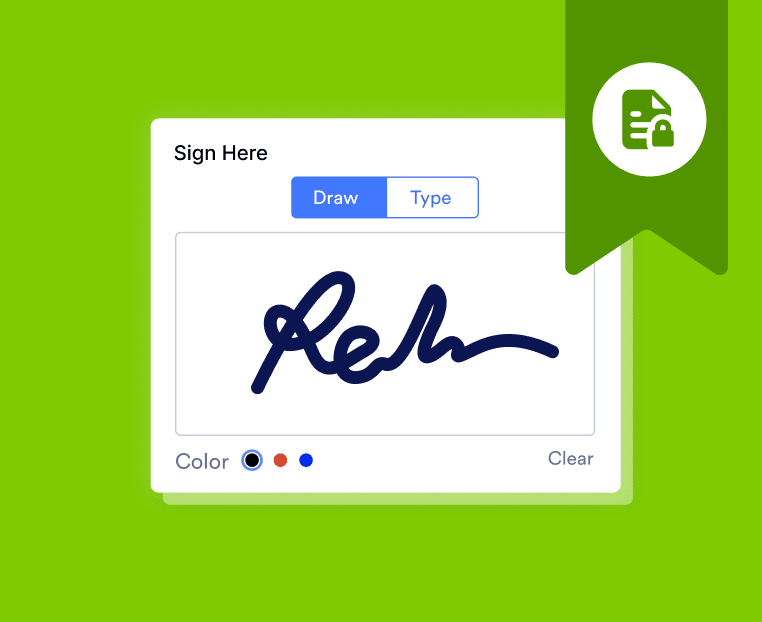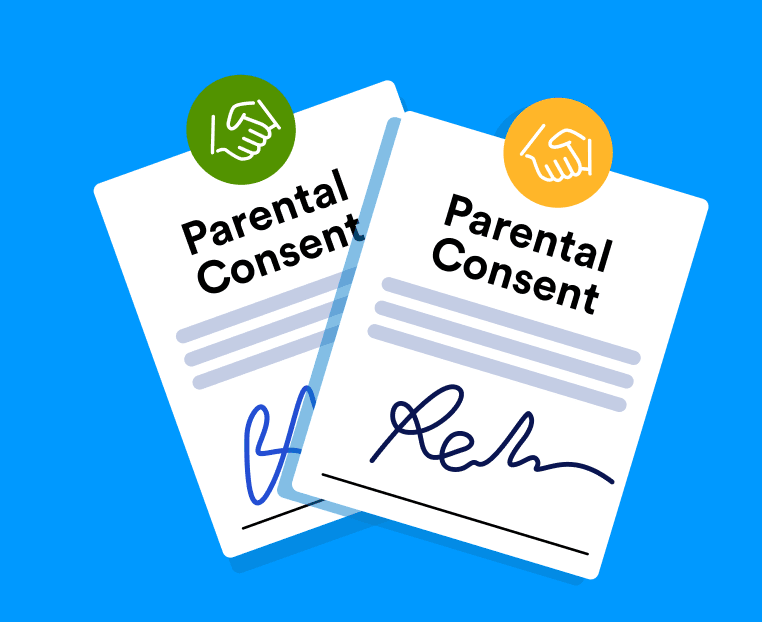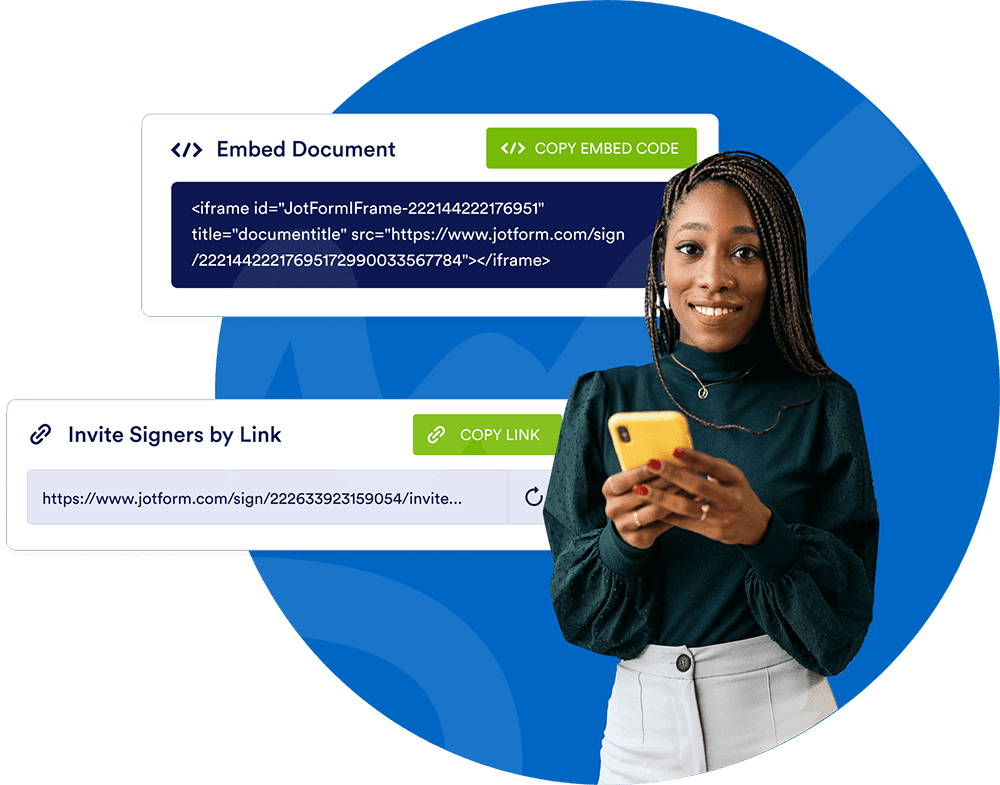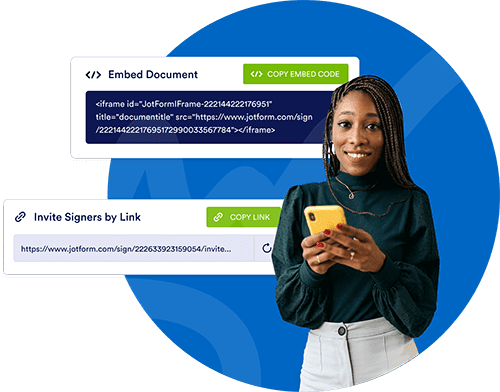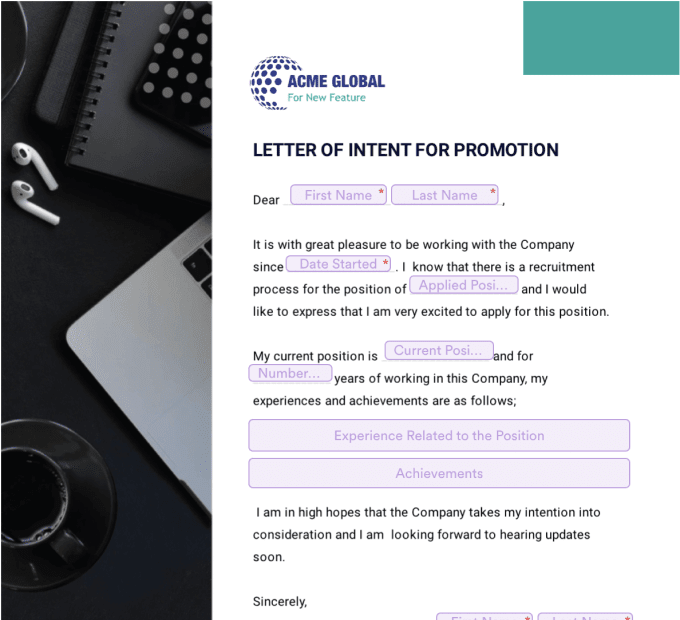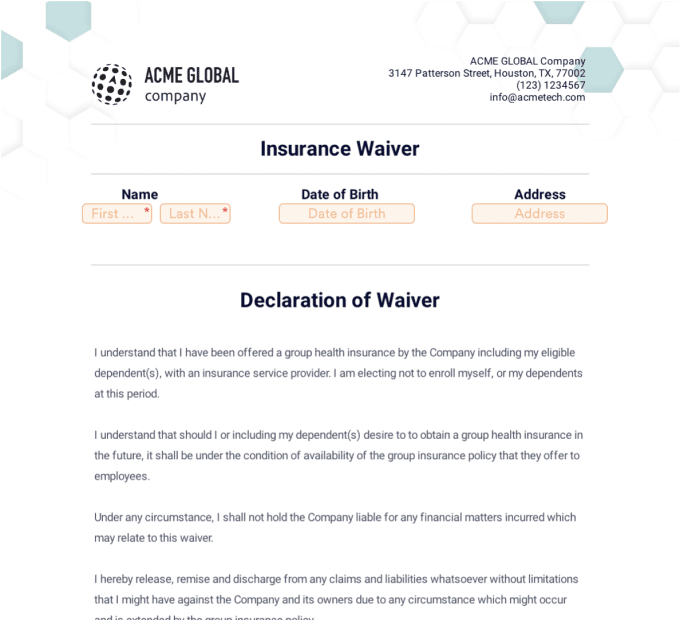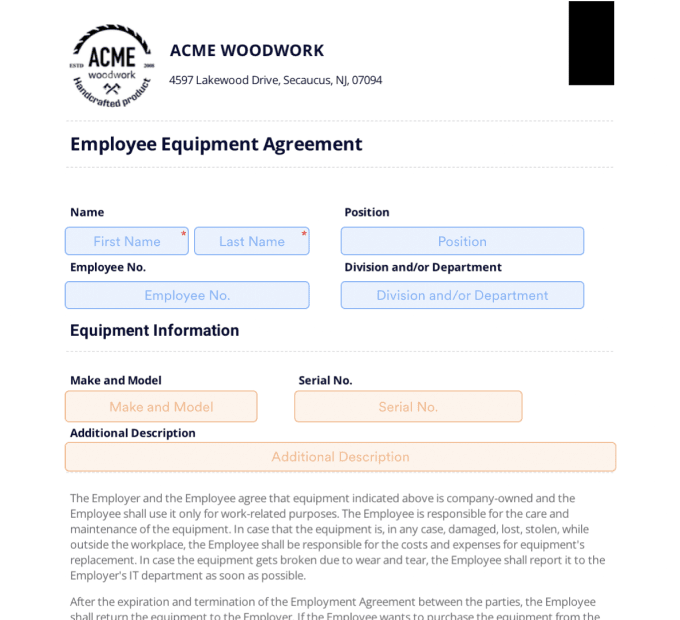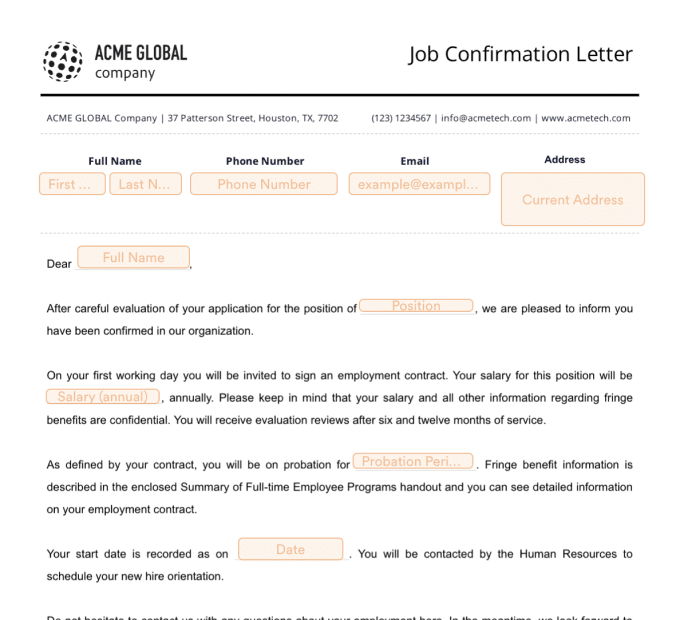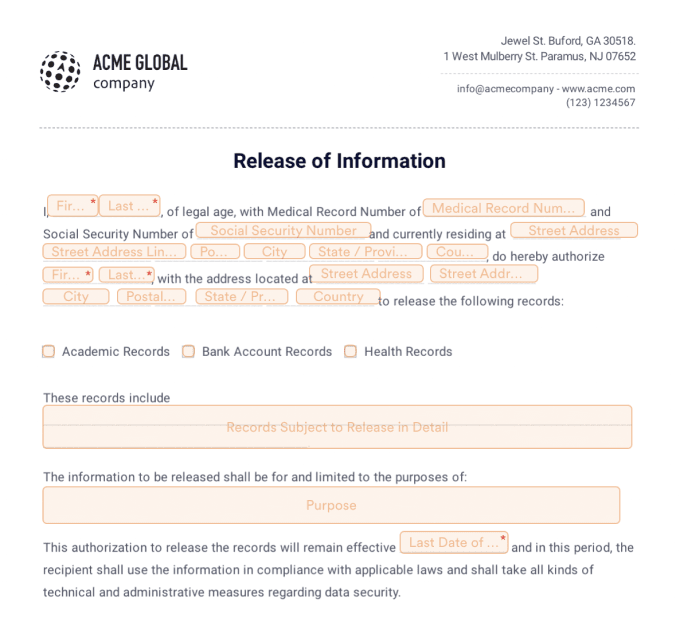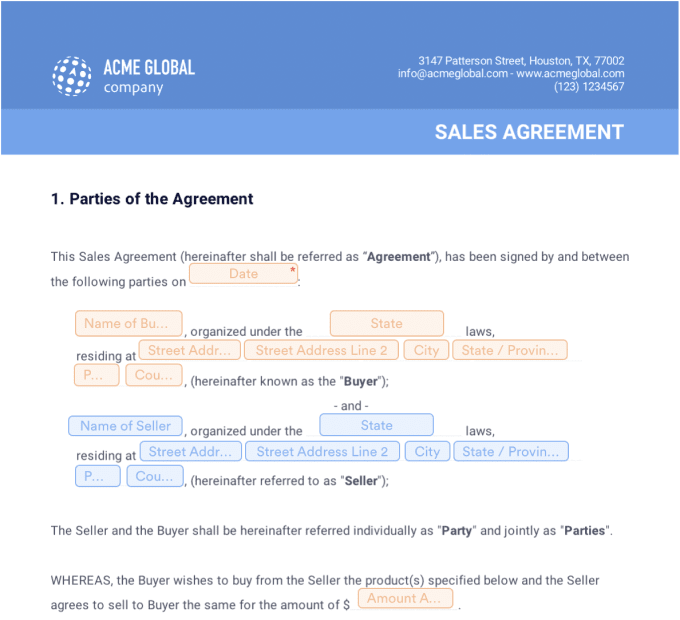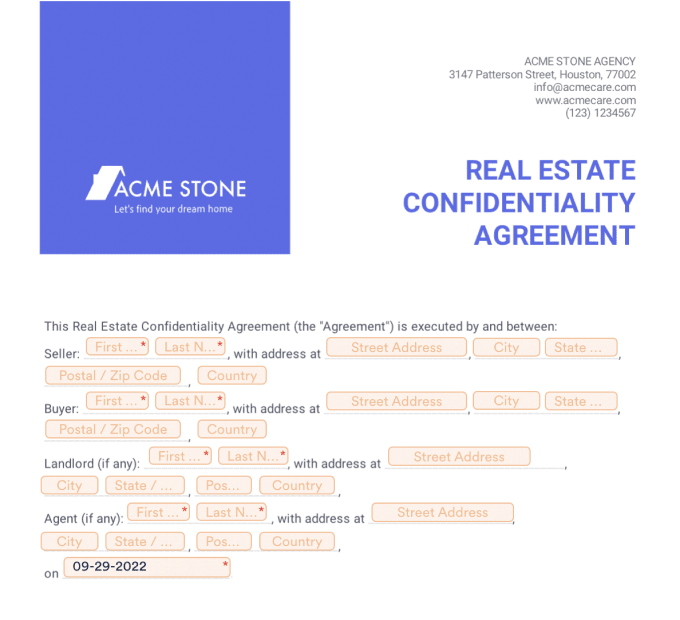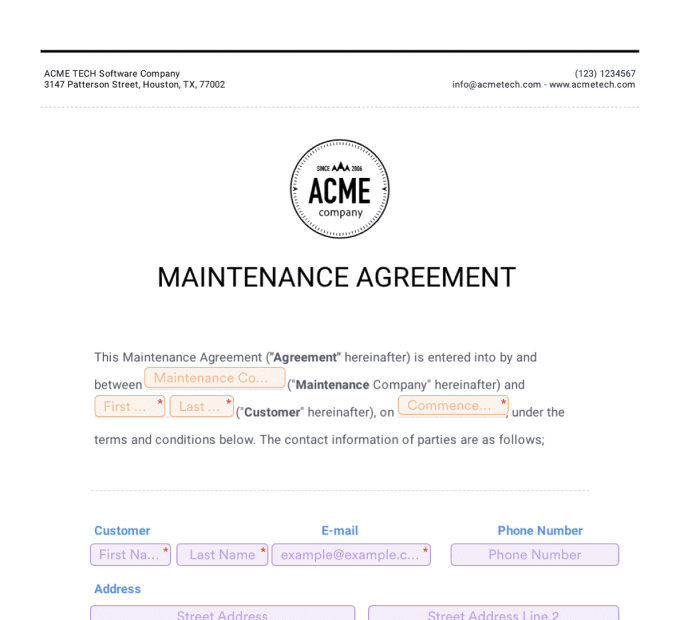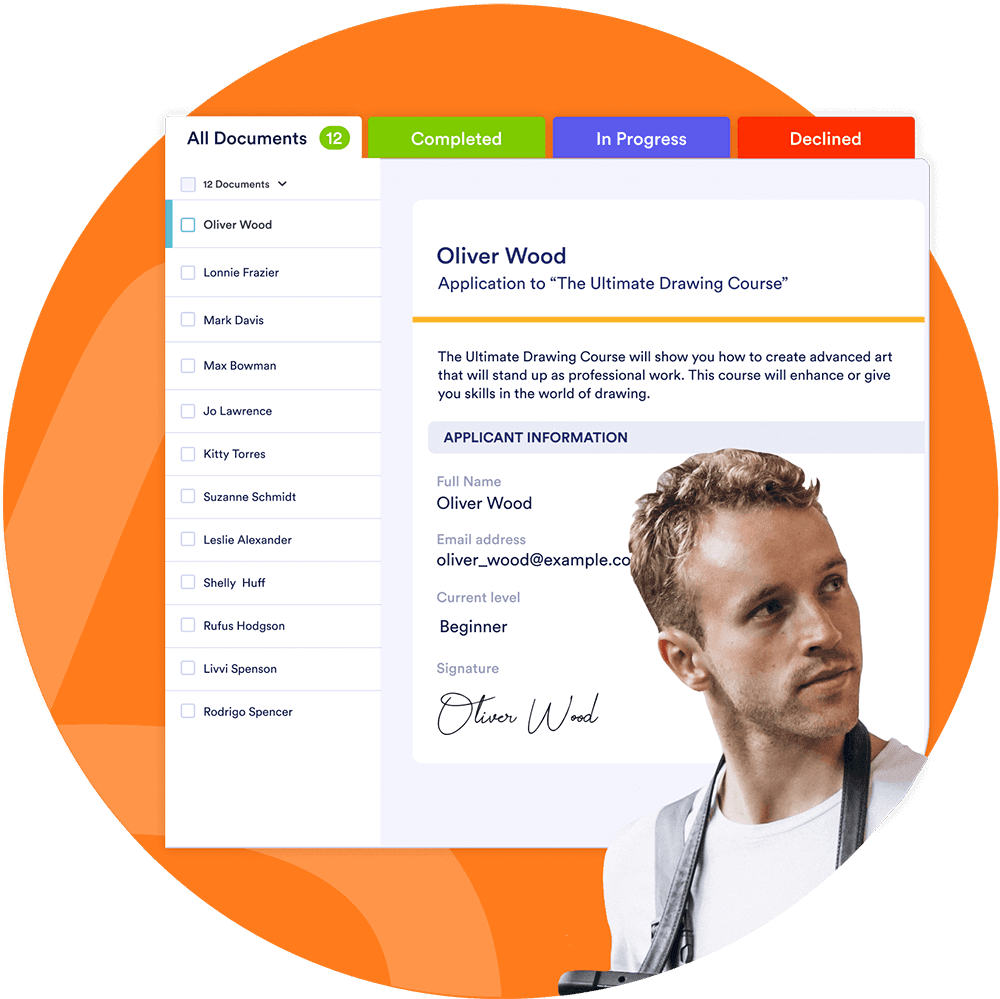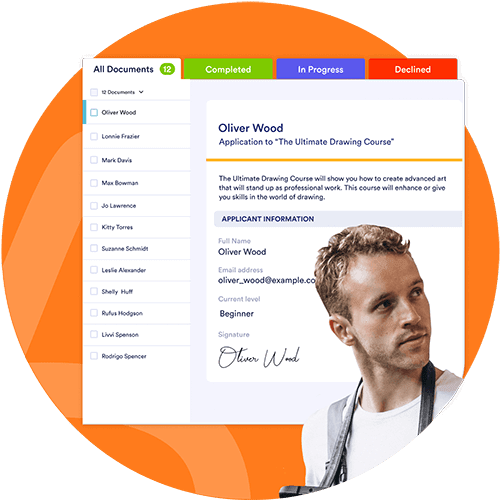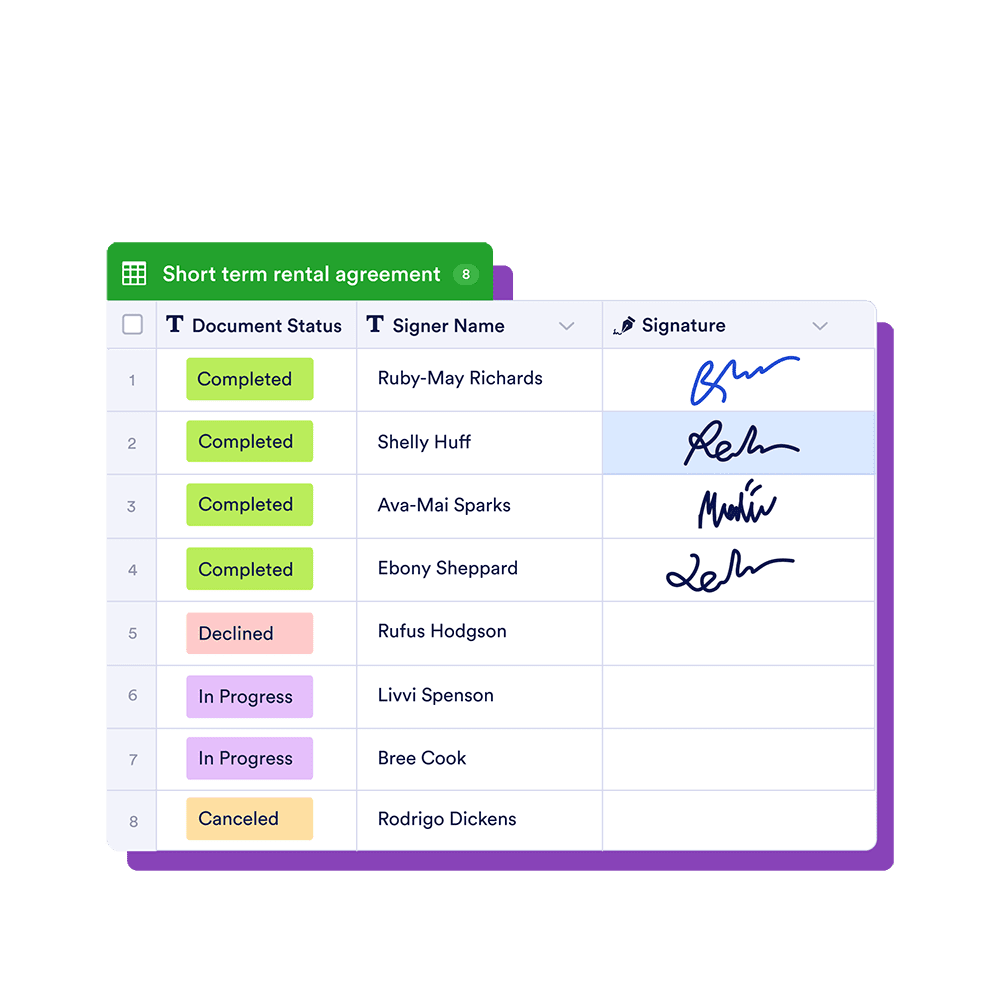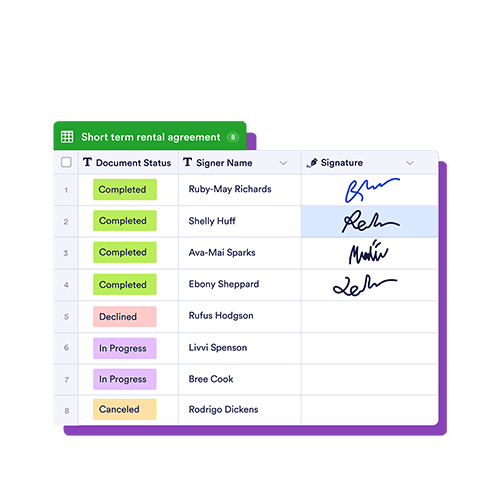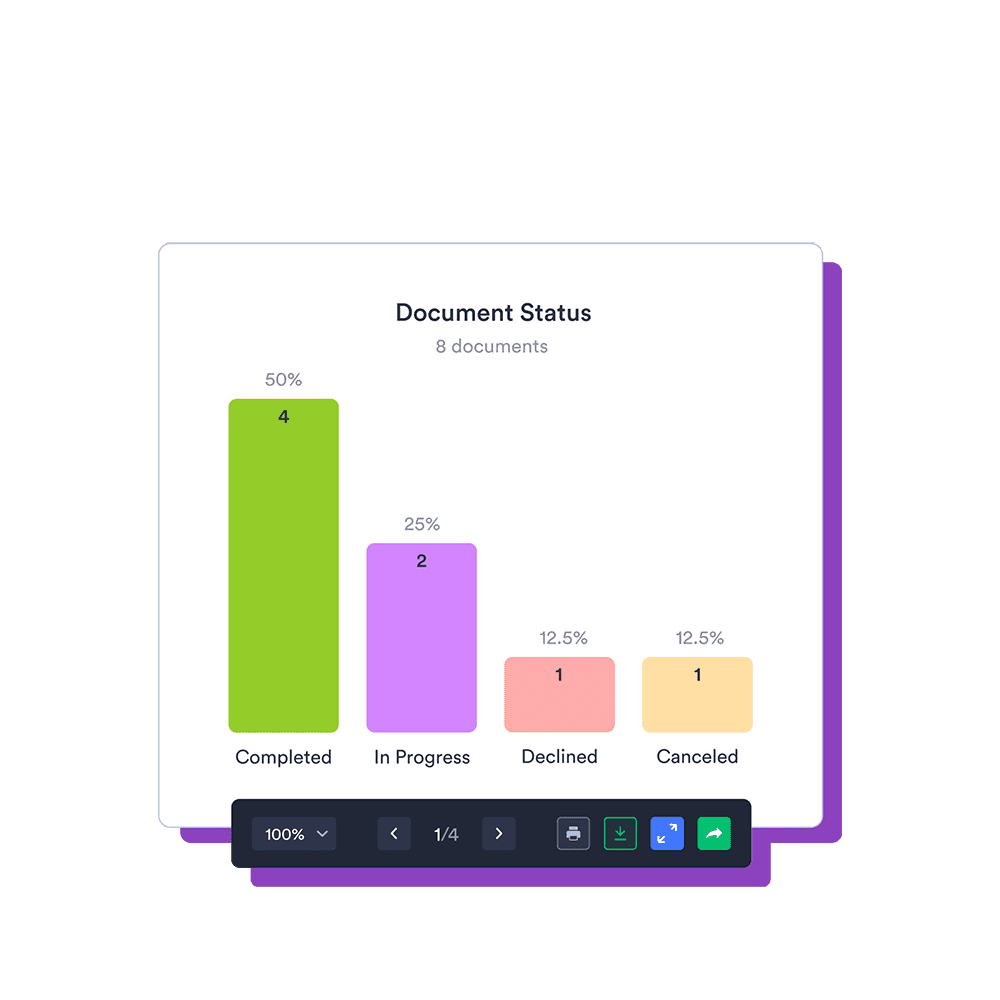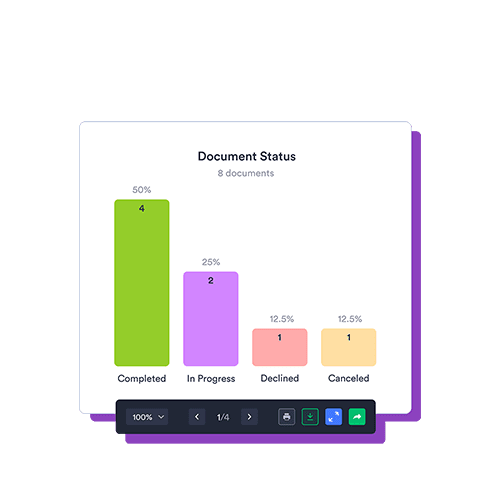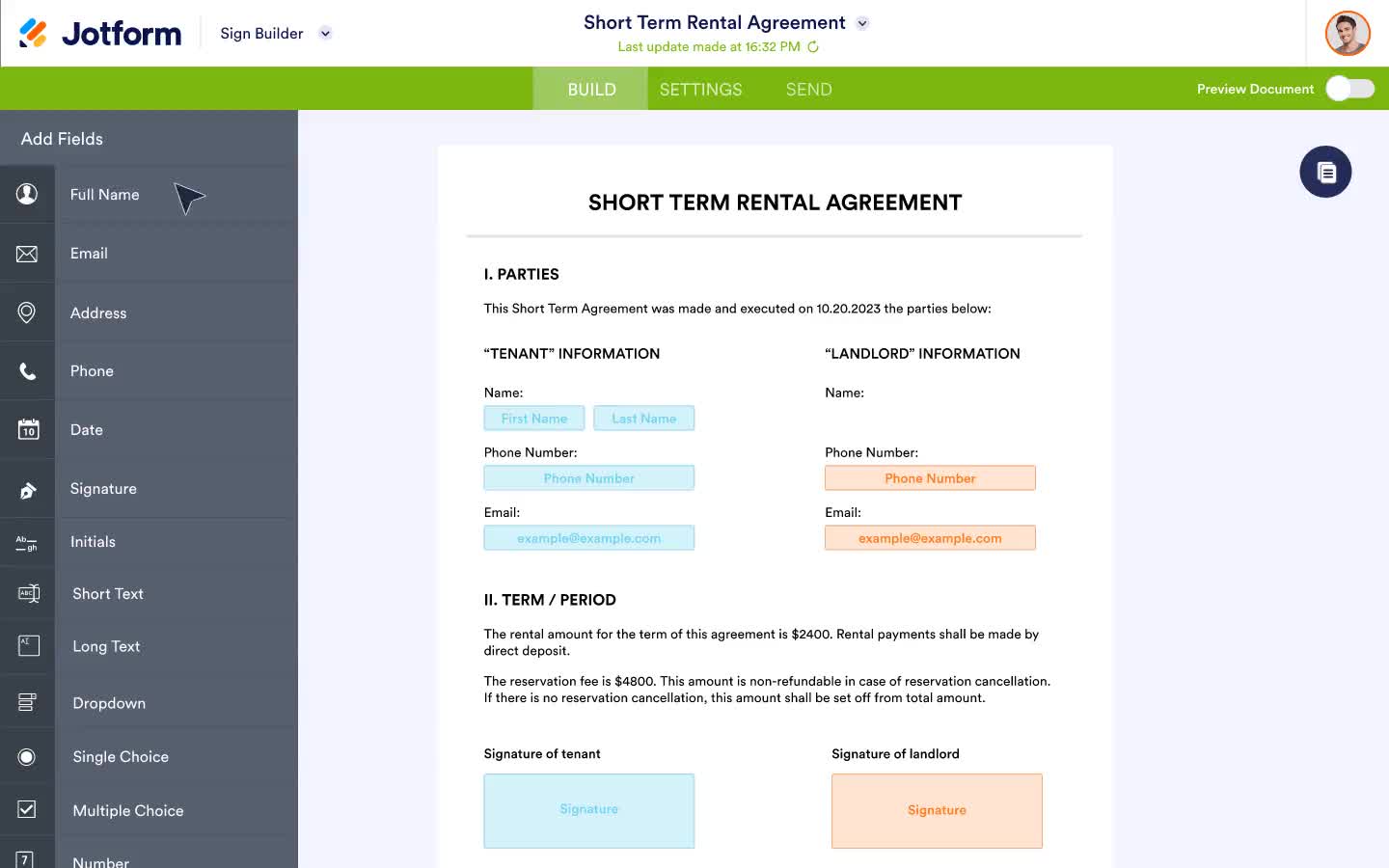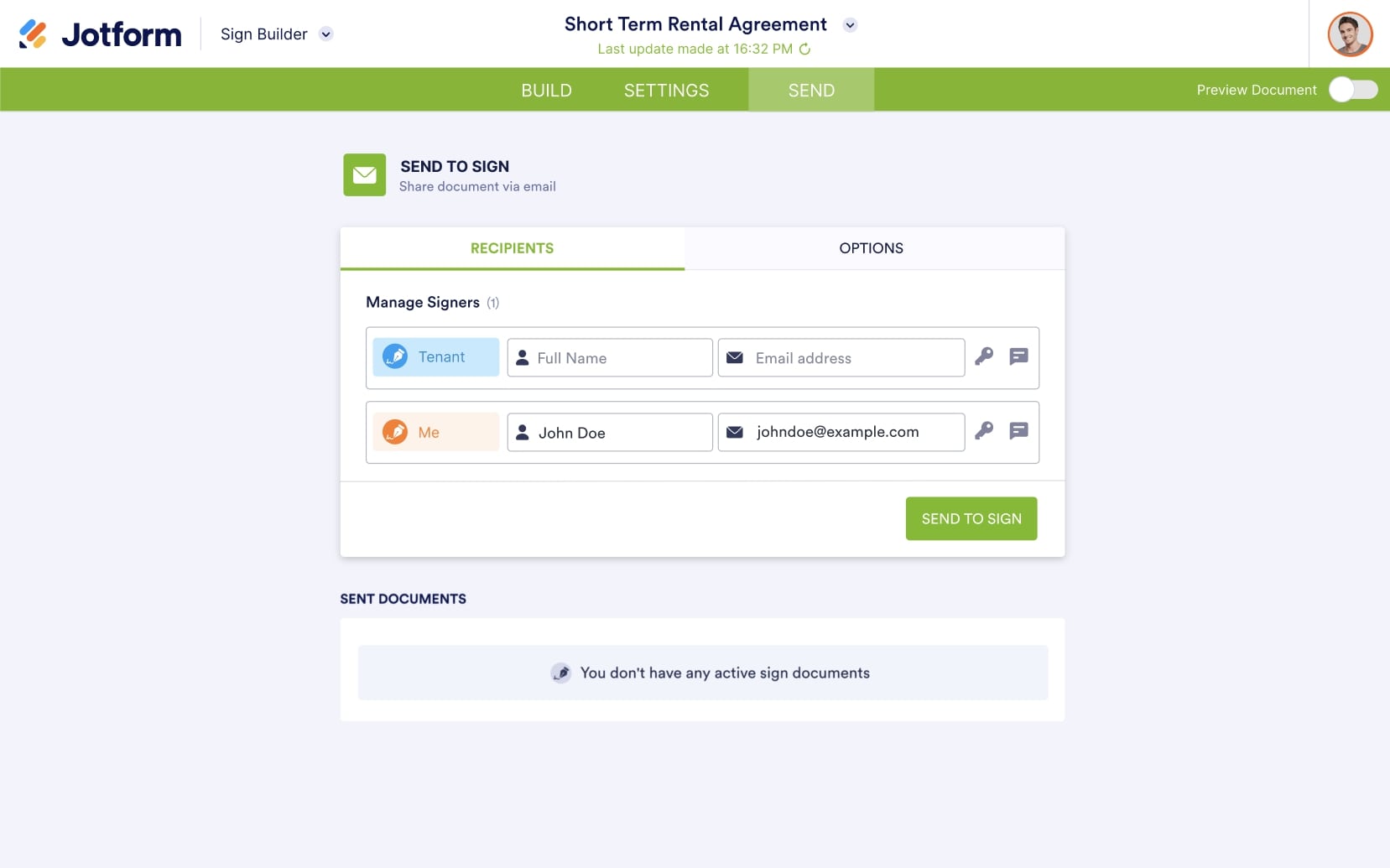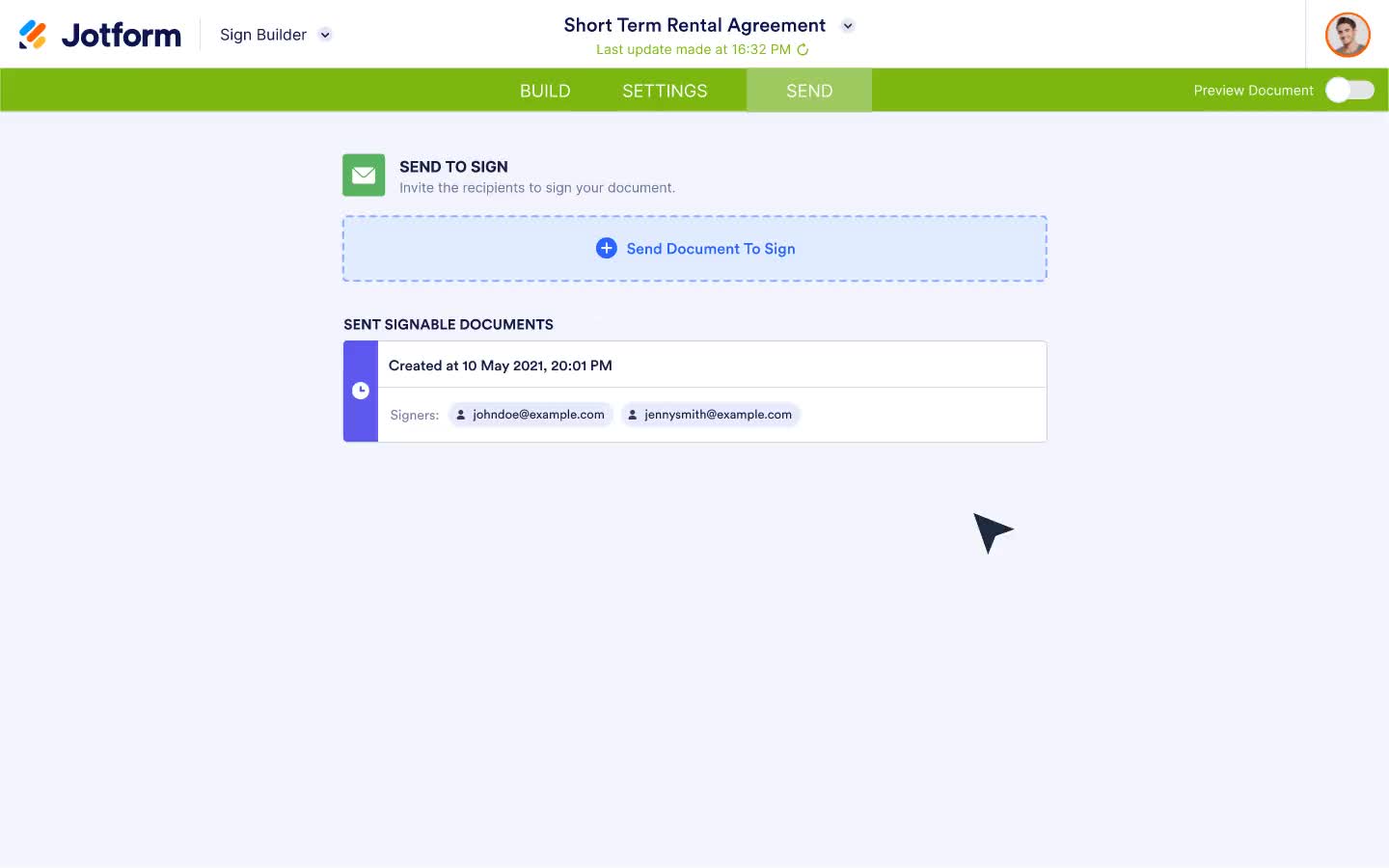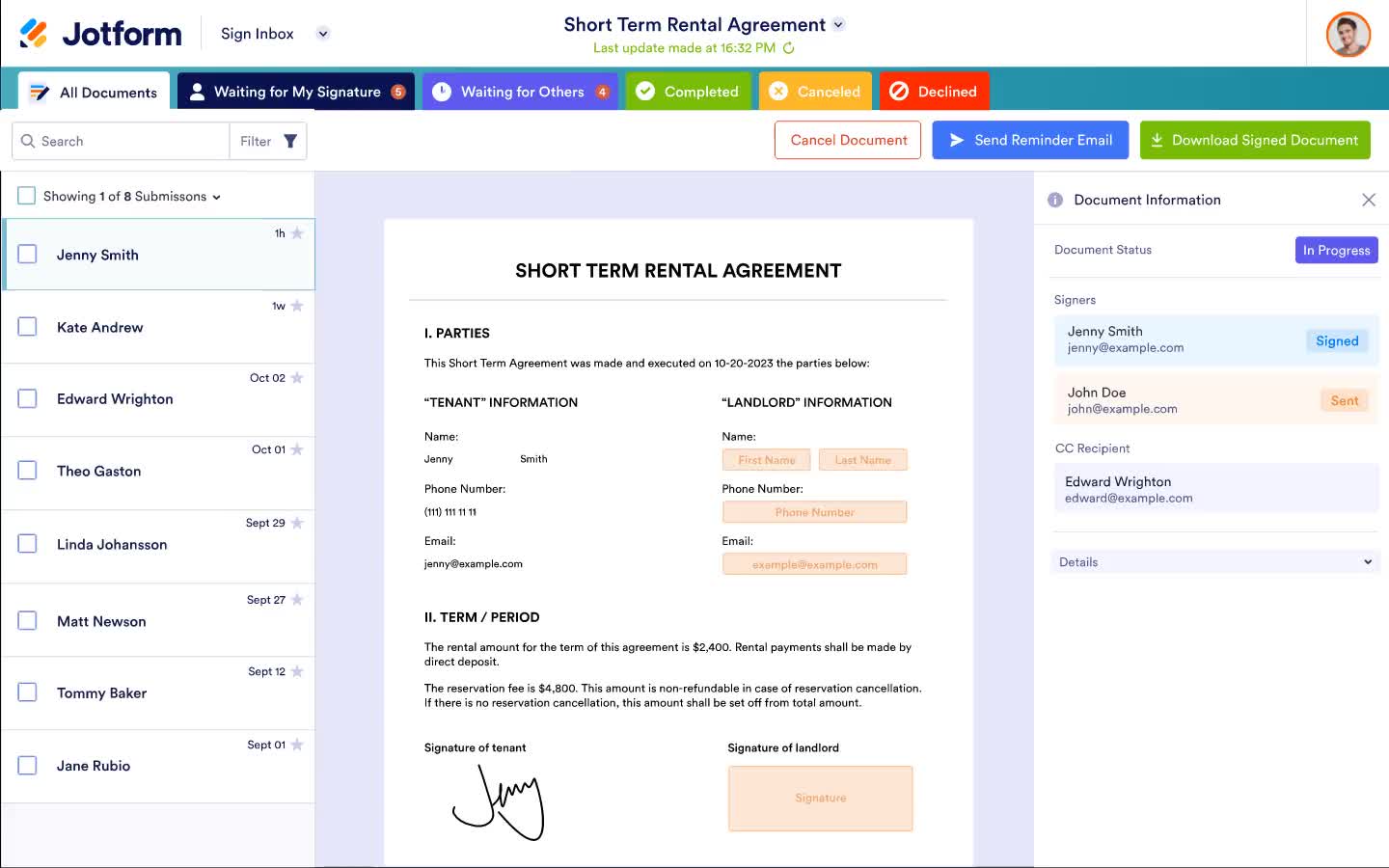An introduction to electronic signatures
An electronic signature, or e-signature, is the digital equivalent of a handwritten signature that indicates the acceptance of an agreement, contract, or other document. Electronic signature technology allows users to approve or certify documents without having to sign a physical piece of paper.
E-signatures are as legally binding as any other type of signature in many countries. They also allow you to avoid the hassle of passing paper documents from one person to the next. As a modern approach to the signing process, e-signatures are now used in all kinds of documents worldwide.
Types of electronic signatures
デジタルドキュメントに署名を追加するには、手書き署名の画像をスキャンしてアップロードする方法から、特定の電子署名ソフトウェアを使用する方法まで、いくつかの方法があります。Jotformサインのようなサービスを使えば、ユーザーはワンクリックでドキュメントに安全に署名することができます。
There are four basic types of electronic signatures: click-to-sign, simple e-signatures (SESs), advanced e-signatures (AdESs), and qualified e-signatures (QESs). Each has its own advantages and use cases, so it’s important to know which situations they work best for.
- Click-to-sign
Click-to-sign electronic signatures can be completed with just the click of a button. Typically, a user will create a signature that is stored for future use by a software platform, or the platform will generate a signature for them. Then, as the user moves through a document, they can click a button to insert their legally binding signature where needed.
- Simple electronic signatures
Simple e-signatures (SESs) are the most widely used because they don’t involve any type of advanced identity verification and can be as basic as a name or initials typed in a document. They can be used on all kinds of documents, from internal employment agreements to attendance sheets to permission slips.
- Advanced electronic signatures
Advanced e-signatures (AdESs), on the other hand, implement a higher level of identity verification, as they are usually transmitted through e-signature software that can provide an audit trail. They are certified by a certificate authority (CA), an entity that issues and stores unique digital certificates to confirm a person’s identity.
- Qualified electronic signatures
A qualified electronic signature (QES) is the most secure form of electronic signature and meets the requirements outlined in the European Union’s electronic Identification, Authentication and Trust Services (eIDAS) regulation. This type of e-signature verifies the signer’s identity through a digital certificate. As an additional step, the signer’s identity is confirmed face-to-face — either online (via video) or in person.
The evolution of electronic signatures
While the general public has only become familiar with electronic signatures in the past 20 years, the technology has been developing for much longer than that. The concept of electronic signatures was first introduced in 1976 by American cryptologists Whitfield Diffie and Martin Hellman in a research paper titled “New Directions in Cryptography,” which presented forward-thinking ideas like public-key cryptography and digital signatures. Then, in 1977, Ronald Rivest, Adi Shamir, and Len Adleman invented a cryptosystem called the RSA algorithm that was the first technology to transmit a signature through an electronic message.
The first widely marketed software to offer digital signatures broke onto the scene in the late 1980s, followed by the first instance of embedding digital signatures into PDFs in 1999. In 2000, U.S. President Bill Clinton passed the Electronic Signature in Global and National Commerce (E-sign) Act, which made digital signatures legally binding.
In 2008, ISO 32000 made the PDF a standard electronic document format and included guidance on how digital signatures in PDFs can be used to verify a signer’s identity. Since then, PDFs have been the primary tool for signing documents online, and e-signature technology has taken hold around the globe.

